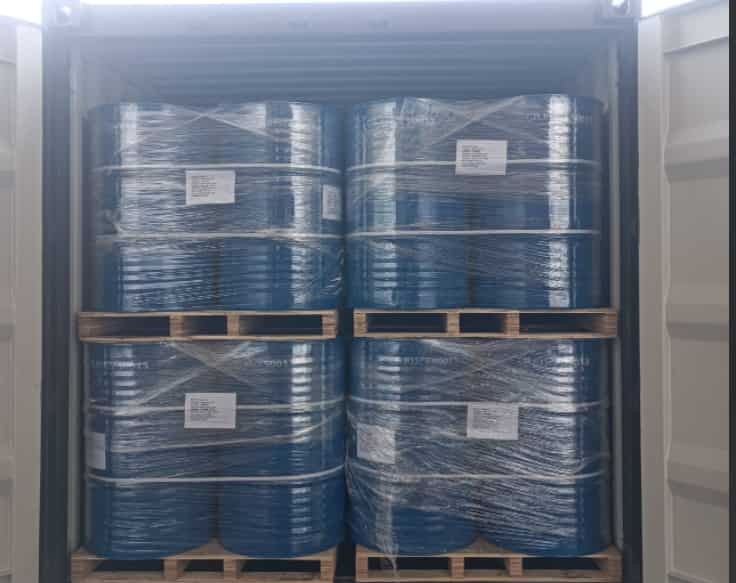Packaging and Logistics Tips for Large-Scale Epoxy Resin Shipments
Jun 13, 2025
When it comes to large-scale exports of epoxy resins—whether in liquid, solid, or semi-solid form—ensuring safe transport, regulatory compliance, and on-time delivery is essential. At Yolatech, we’ve compiled the following practical tips to help professionals in trade, manufacturing, and logistics plan more efficiently and execute with confidence.
1. Choose the Right Packaging Format
Proper packaging is the first line of defense against leakage, contamination, and damage during transport.
Liquid resins: We recommend 200L/240KG steel drums, 1000L IBC tanks, or ISO tank containers for bulk shipping. Packaging must be leak-proof and corrosion-resistant.
Solid resins: Typically packed in multi-layer kraft paper bags with plastic liners or fiber drums to prevent moisture ingress.
Semi-solid resins: Should be stored in tightly sealed metal or thick plastic drums to avoid deformation or softening, especially in hot climates.
Tip: Labels should clearly display product name, batch number, net/gross weight, and hazard symbols if applicable.
2. Follow Dangerous Goods Transport Regulations
Some epoxy resins are classified as hazardous materials. It is important to:
Check the MSDS (Material Safety Data Sheet) for transport classification;
Ensure compliance with IMDG (marine), IATA (air), or ADR (road) regulations depending on the shipping mode;
Apply proper hazard labels on all packaging (e.g., corrosive, environmentally hazardous).
Following regulations is not only a legal requirement but also critical for safety and customs clearance.
3. Palletizing and Load Securing
To improve handling and protect goods during shipment:
Use fumigated wood pallets (with IPPC marking) or plastic pallets, depending on import country requirements;
Secure all drums or bags on pallets using stretch film and strapping bands;
Add anti-slip sheets, corner guards, or partition pads to reduce movement and minimize risk of damage.
4. Plan Routes and Schedules Carefully
Some specialty epoxy resins are sensitive to heat and should not be exposed to high temperatures for extended periods. In summer, refrigerated containers are recommended to maintain product stability.
Be sure to check the customs regulations, public holidays, and vessel schedules at both origin and destination. Build in sufficient lead time to avoid unexpected delays.
5. Work with Experienced Logistics Partners
Partner with freight forwarders who have specific experience handling chemical and hazardous goods shipments.
For first-time shipments or newly adopted packaging methods, we recommend thorough pre-shipment coordination between seller and buyer to confirm all details, including labeling, pallet configuration, and document accuracy.
Maintain real-time communication with both the logistics provider and your customer throughout the shipping process.
6. Prepare All Required Documentation in Advance
Common export documents include:
Commercial invoice & packing list
COA (Certificate of Analysis) or test report
Bill of Lading (B/L) or Air Waybill (AWB)
Export license, MSDS, or Certificate of Origin (as required by the destination country)
Ensure all document content is consistent with product labels to avoid clearance delays or inspection issues.
Proper packaging, complete documentation, and efficient logistics planning are the cornerstones of successful epoxy resin exports. As a professional manufacturer, Yolatech understands that every shipment is not just a delivery—it’s a commitment to quality and reliability.
If you need support in selecting epoxy resin products, designing packaging solutions, or arranging international shipments, feel free to reach out to the Yolatech team. With stable products and responsive service, we’re here to support your global operations with confidence.
Read More


